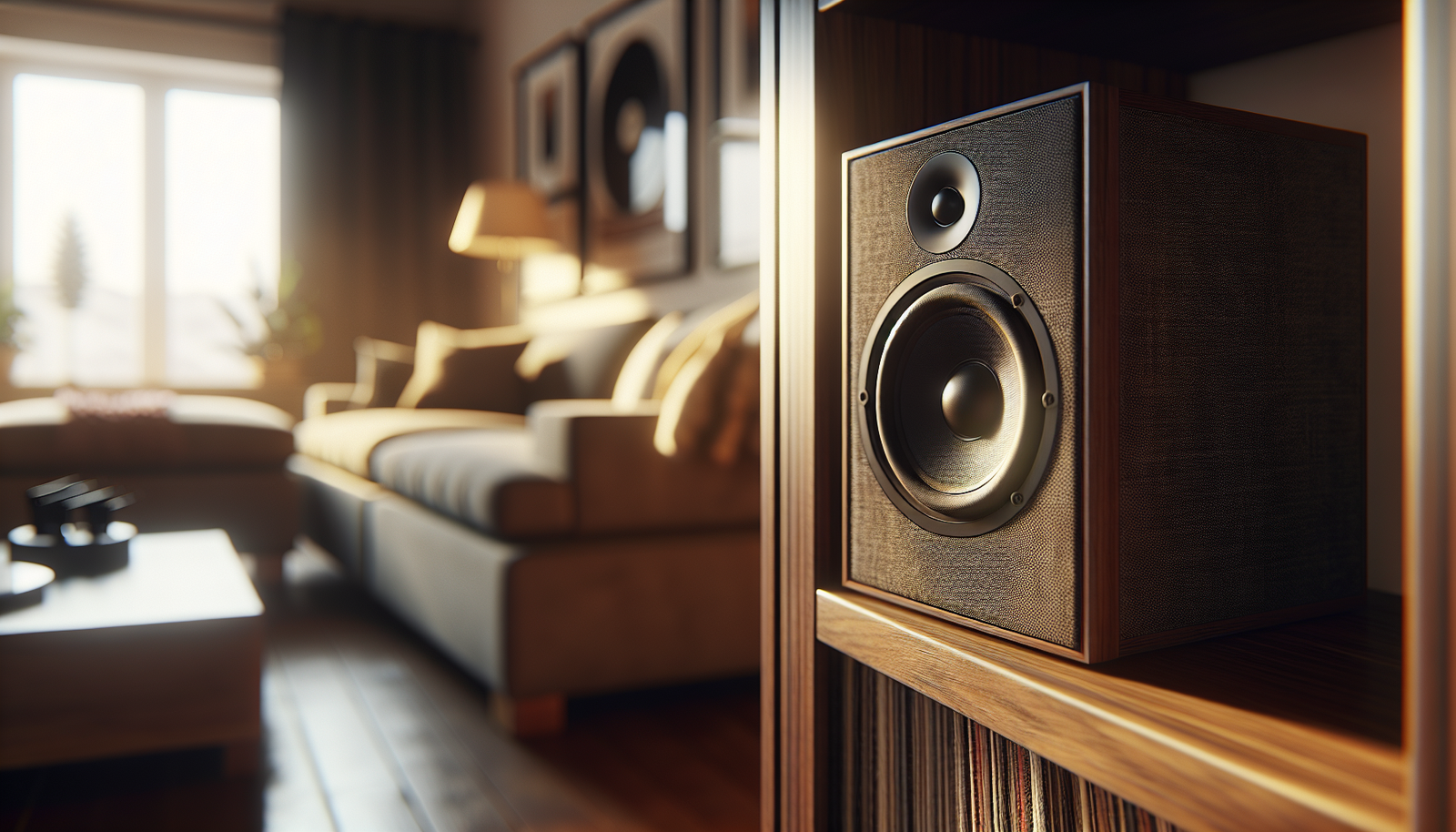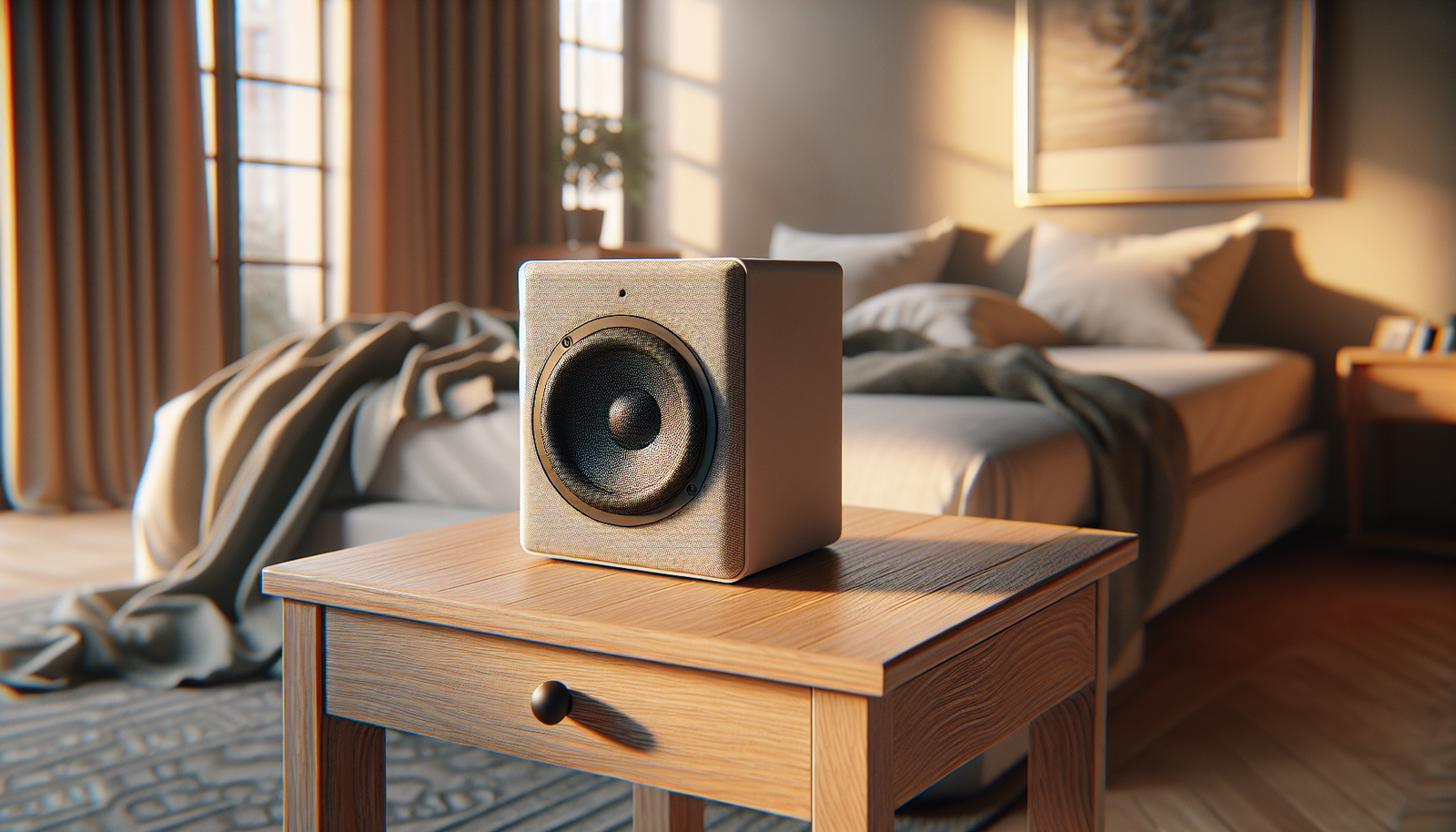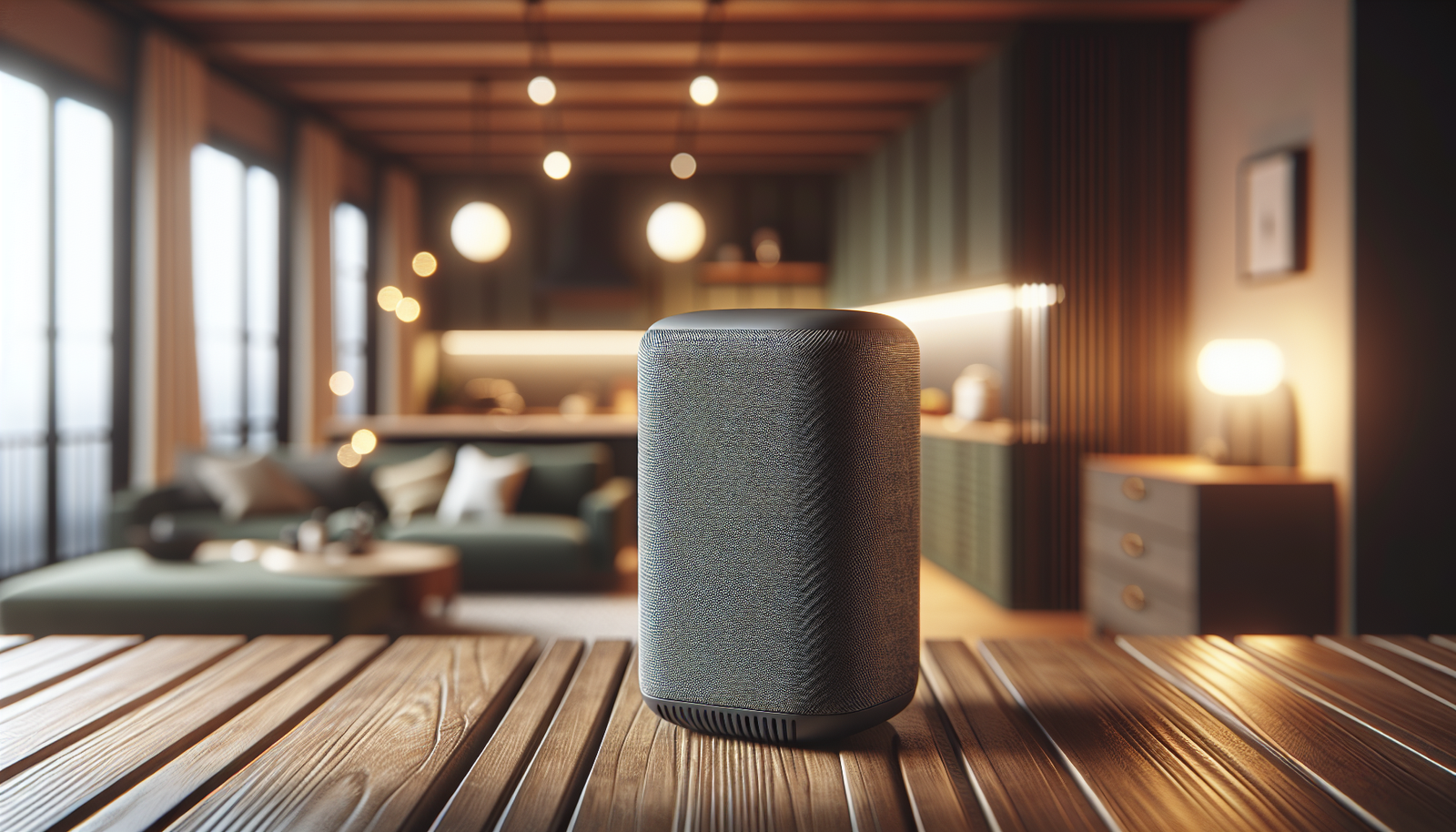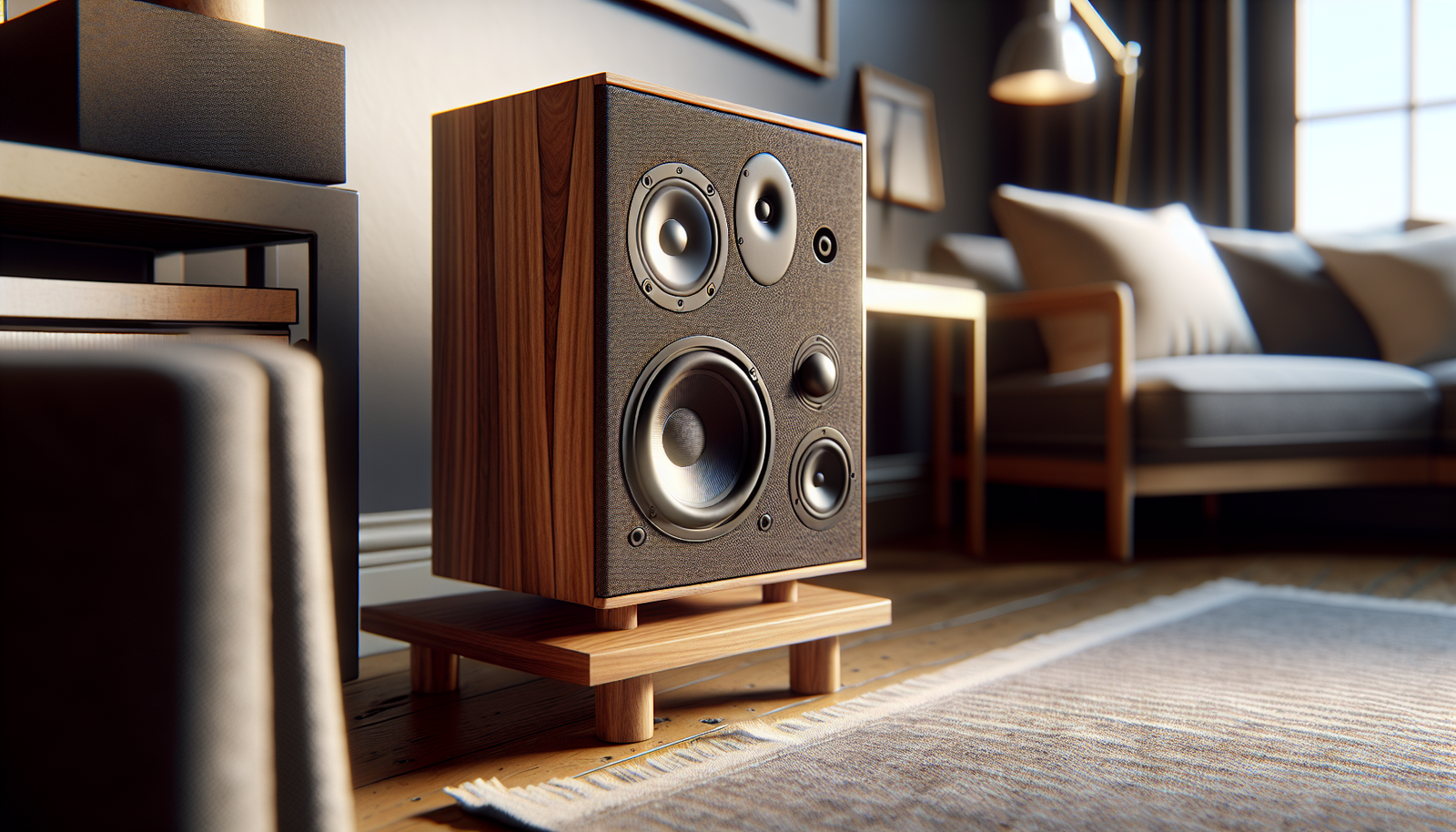Are you trying to build the best sound system for home listening and unsure where to start?
Guide to the best sound system for home listening
This guide helps you choose, assemble, and tune a home sound system that matches your listening goals and budget. You’ll get clear explanations of components, room considerations, setup tips, and practical recommendations so you can enjoy great sound without unnecessary complexity.
Decide what “best” means for you
Choosing a sound system starts with defining your priorities, because “best” depends on how you plan to use it. You should think about whether you want critical stereo listening, a cinematic surround setup, or a versatile system for music, movies, and streaming.
Listening goals and content type
Your preferred genres and content types shape component choices such as speakers and subwoofers. For example, acoustic and vocal music favors accurate midrange and tight bass, while electronic and film soundtracks benefit from deeper low-end and dynamic range.
Listening habits and volume
How loud and how often you listen affects amplifier power and speaker sensitivity choices. If you often listen at high volumes, choose speakers with higher sensitivity and an amplifier that can deliver clean power without distortion.
Room size and layout
Room dimensions and layout strongly influence speaker selection and placement decisions, so measure your room and note where furniture and windows are located. A small room typically favors compact speakers and controlled bass, while large rooms can handle floorstanders and bigger subwoofers.
Core components explained
Every good system is built from a handful of core components that work together to produce sound. You should understand what each component does and how it impacts sound quality to make informed choices.
Speakers: the most important part
Speakers convert electrical signals into sound, and they are the most audible and character-defining part of your system. You’ll make the most noticeable sonic improvements by choosing high-quality speakers that suit your room and listening style.
Amplifiers and receivers
An amplifier supplies power to passive speakers, and a receiver combines an amplifier with a preamp, inputs, and sometimes a surround processor. Select an amp or receiver that matches your speaker’s power and impedance requirements to avoid stressing components.
Digital-to-Analog Converter (DAC)
A DAC converts digital audio files into analog signals that your amplifier and speakers can play. If your source is digital—like streaming services, a computer, or a TV—an external DAC often improves clarity, imaging, and detail over many built-in options.
Source components
Sources include turntables, CD players, network streamers, smartphones, and TVs. Your source quality sets the ceiling for sound, so invest in a good streaming device or player if digital clarity matters most to you.
Subwoofers
A subwoofer handles the lowest frequencies and relieves smaller speakers from trying to reproduce deep bass. You’ll want at least one subwoofer if you enjoy movies, EDM, hip-hop, or orchestral music that relies on impactful low-frequency energy.
Cables and interconnects
Cables carry the signal but don’t magically change the sound if you use reasonable quality. Use well-made cables and ensure proper connections, keeping cable runs tidy and avoiding excessive or exotic cable solutions.
Types of speaker designs
Different speaker designs offer various balances of size, bass response, dispersion, and room compatibility. You should match speaker type to room size, placement options, and how you intend to use them.
Floorstanding (tower) speakers
Floorstanding speakers usually offer the best bass extension and full-range performance in a single box. They’re ideal for medium to large rooms and for listeners who want big, immersive sound without a dedicated subwoofer.
Bookshelf speakers
Bookshelf speakers are compact and flexible, making them a great choice for small to medium rooms or desktop setups. You’ll often pair them with stands and sometimes a subwoofer to extend the low end.
Powered (active) speakers
Powered speakers have built-in amplification and often include high-quality DACs and inputs, which reduce the need for separate components. If you want a simple, high-performance system with fewer boxes, active speakers are a strong option.
Center channel and surround speakers
In a home theater, a center channel reproduces dialogue, while surround speakers add ambient effects and spatial cues. For music-focused systems you can skip surrounds, but for movies you should prioritize a solid center channel that matches your front left/right speakers.
Soundbars and satellite systems
Soundbars and compact satellite systems aim for convenience and space-saving aesthetics, and they can be effective for TV listening. You’ll usually get better immersion with discrete speakers, but soundbars are a practical compromise when space or aesthetics are a primary concern.
Matching amplifier power and speaker needs
Choosing the right amplifier ensures reliable performance and prevents clipping, which can damage speakers. You should match the amp’s continuous power rating to the speaker’s recommended range and consider headroom for dynamic peaks.
Understanding wattage and headroom
Wattage numbers can be confusing, but more useful is how an amplifier handles dynamic contrasts without distortion. You’ll want an amplifier with enough clean power to drive your speakers to realistic levels without strain.
Sensitivity and impedance
Speaker sensitivity tells you how loudly a speaker will play for a given input, and impedance affects how hard a speaker is to drive. Match lower-sensitivity speakers with more powerful amplifiers, and ensure the amp is stable at the speaker’s nominal impedance (usually 4–8 ohms).
Integrated amplifiers vs separates
An integrated amplifier combines preamp and power amp in one unit, simplifying wiring and often saving cost. Separate preamps and power amps can yield improvements in large systems by distributing tasks, but they’re more complex and expensive.
Room acoustics and treatment
Room acoustics often have a larger impact on sound than upgrading individual components. You should focus on controlling reflections, reverberation, and bass modes to improve clarity, imaging, and bass response.
First reflection points and speaker placement
First reflections from side walls and the floor smear imaging and detail, so you should identify and treat these reflection points. Small acoustic panels or strategic furniture placement can make a big difference in imaging and perceived clarity.
Bass modes and low-frequency control
Low-frequency room modes cause boomy or uneven bass, which you’ll hear as peaks and nulls in different listening positions. Bass traps and subwoofer placement adjustments help tame these issues and yield tighter, more accurate low-end performance.
Absorption vs diffusion
Absorption reduces reflections and reverberation for therapeutic control, while diffusion scatters sound to preserve liveliness without focused echoes. A balanced approach using both types usually delivers the best musicality and natural room sound.
Speaker placement fundamentals
How you place your speakers and where you sit can transform your listening experience more than component upgrades do. You should follow tried-and-true positioning rules and then fine-tune by ear and measurement.
Stereo triangle and toe-in
A basic stereo setup forms an equilateral triangle between the two speakers and your listening seat, with speakers typically toed-in slightly toward you. This arrangement supports accurate imaging and a centered soundstage.
Distance from walls
Speakers placed too close to walls will exaggerate bass, while speakers placed too far may lack warmth and presence. You should start with speakers a modest distance from rear and side walls—often 0.5–1 meter (1.5–3 feet)—and adjust for the best tonal balance.
Subwoofer placement and integration
Position your subwoofer away from corners to avoid excessive bass boom, and experiment with locations or use the “subwoofer crawl” method to find the spot with the smoothest bass. Use a low-pass crossover and phase control to blend the sub with your main speakers seamlessly.
Calibration and room correction
Electronic room correction and manual calibration both help align system response to your room’s characteristics. You should use measurement tools or built-in receiver room correction systems to get flat response and then trust your ears for final adjustments.
Measurement tools and software
Room measurement tools like a calibrated microphone with REW (Room EQ Wizard) let you visualize frequency response and identify problem areas. You’ll use measurements to guide treatment placement and crossover settings for subwoofers.
Automatic room correction systems
Many AV receivers and standalone processors include room correction systems that automatically measure and adjust EQ and delays. These systems are helpful starting points, but you should verify their results with measurements and listening checks to ensure they don’t overcorrect.
Wireless, streaming, and networked audio
Streaming services and wireless connectivity make it easier to access music, but they also introduce choices about codecs, latency, and ease of use. You’ll want to match streaming capabilities to your source devices and prioritize lossless streaming if audio fidelity is important.
Wi-Fi vs Bluetooth
Wi-Fi streaming generally supports higher-quality and multi-room playback with lower compression, while Bluetooth is convenient for casual listening and portable use. If you care about hi-res audio, choose Wi-Fi-capable streamers or devices that support high-quality codecs like aptX HD or LDAC.
AirPlay, Chromecast, and proprietary systems
AirPlay, Chromecast, and proprietary systems like Sonos or HEOS offer varying degrees of convenience and ecosystem integration. You should pick the ecosystem that matches your devices and future upgrade plans to avoid frustrating compatibility issues.
Network streamers and music servers
A dedicated network streamer or music server often provides better sound and stability than streaming from a phone or computer. Consider streamers from brands like Bluesound, Cambridge Audio, or LUMIN if networked lossless playback is a priority.
Comparing stereo, soundbar, and surround systems
Choosing between stereo, soundbar, and surround setups depends on your priorities for music versus movies, space, and budget. Each approach has strengths and compromises you should weigh before buying.
| System type | Best for | Pros | Cons |
|---|---|---|---|
| Stereo (2.0 / 2.1) | Music lovers prioritizing fidelity | Excellent imaging, simplicity, upgrade path | Limited movie atmosphere without surround or sub |
| Soundbar (+ sub) | TV-centric rooms, small spaces | Compact, easy setup, decent dialogue clarity | Less precise imaging, limited upgradeability |
| Surround (5.1/7.1/Atmos) | Home theater and movies | Immersive soundstage, cinematic effects | More costly, complex setup, room-dependent |
You should pick a system that aligns with what you listen to most and the room constraints you have. Stereo systems often produce superior music performance, while surround setups deliver the best movie immersion.
Practical buying and audition tips
Hearing gear in your own environment or at a dealer is the best way to decide, because measurements and specs don’t tell the whole story. You should bring familiar music tracks and listen at realistic volumes while checking for clarity, imaging, and tonal balance.
How to audition speakers
Play several genres of music and listen for natural timbre, clarity of vocals, and how well the soundstage forms between the speakers. Pay attention to bass quality and whether the speaker sounds strained at higher volumes.
Buying used or factory-reconditioned gear
Buying used components or factory-refurbished gear can deliver significant savings and excellent value. You should inspect items for cosmetic and functional condition, confirm return policies, and prefer reputable sellers with service records.
Budget-based recommended setups
Different budgets require different design choices; wisely allocating funds across speakers, amplification, and source typically yields the best results. The lists below give practical component suggestions at common budget tiers so you can assemble a balanced system.
Entry-level: under $1,000
For around $1,000 or less, you can build a satisfying system for small rooms with good streaming capability. Consider powered speakers or a modest integrated amp with bookshelf speakers and a network streamer or DAC.
- Powered speakers (e.g., KEF LSX, ELAC Navis) — compact and all-in-one.
- Standalone entry integrated amp (e.g., Cambridge Audio AXA35) with bookshelf speakers.
- Optional small subwoofer if you need more low-end.
You should prioritize speakers in this range because they most influence perceived quality, then add a reliable source.
Mid-range: $1,000–$5,000
This range allows for larger floorstanders or higher-quality powered monitors, better amplification, and a dedicated subwoofer for serious listening. You’ll gain improved detail, imaging, and dynamic capability with careful component matching.
- Floorstanding or high-end bookshelf speakers (e.g., Q Acoustics 3050i, KEF R3).
- Integrated amplifier or separate pre/power (e.g., Marantz, NAD).
- Dedicated powered subwoofer (e.g., SVS, REL) and a network streamer or DAC.
You should audition systems to ensure synergy, and consider room treatment to get the most from these upgrades.
High-end: $5,000 and up
In this bracket you can pursue high-resolution components, top-tier speakers, sophisticated amplification, and advanced room treatment. Benefits include exceptional detail, coherence, and dynamic realism for both music and movies.
- High-end speakers (e.g., Dynaudio, Bowers & Wilkins, Focal).
- Quality preamp/power amp combos or high-performance integrateds (e.g., McIntosh, Rotel, Cambridge Edge).
- Dedicated room treatment and measurement-based calibration.
You should balance speaker choice with matching electronics and treat the room as part of the system for the biggest returns.
Subwoofer setup and integration
A properly integrated subwoofer should appear to add extension and impact without calling attention to itself. You’ll aim for a seamless blend where you can’t tell when the sub is on or off, other than the improved bass depth and control.
Crossover settings and slope
Set the crossover so the subwoofer handles frequencies below where your main speakers start to roll off, typically between 60–120 Hz depending on speakers. Use a gentle slope and adjust phase to ensure coherent summing with the mains.
Multiple subwoofers
Using two or more subwoofers reduces modal issues and produces smoother in-room bass. If you can place multiple subs, distribute them to cancel room peaks and fill in nulls.
Maintenance and long-term upgrades
Treat your system components gently and keep them clean, dust-free, and well-ventilated to ensure long life. You should also update streaming firmware, check cable connections periodically, and plan upgrades that address your system’s weakest link.
When to upgrade components
Upgrade the component that most limits your experience: if your speakers sound thin, upgrade them; if your system lacks clarity, consider a better DAC or amplifier. You’ll see diminishing returns if you upgrade components that are already stronger than the rest of the chain.
Resale and component compatibility
Choosing components from known brands makes resale easier and generally ensures compatibility when you upgrade. Keep original packaging for valuable items if you plan to resell or transport them later.
Common mistakes and how to avoid them
Many common mistakes are simple to avoid with a little planning and a few key rules. You should invest in speakers first, match amplification sensibly, and treat your listening room to prevent wasted spending.
Overspending on cables and accessories
Spending excessively on exotic cables rarely yields meaningful improvements, and those funds are better spent on speakers or room treatment. Use properly shielded, well-made cables of reasonable length and quality for reliable performance.
Ignoring room acoustics
Upgrading electronics while ignoring the room often yields disappointing results; acoustic treatment typically offers more audible improvement than equal-cost component swaps. You should treat first reflection points and low-frequency issues before chasing expensive upgrades.
Quick reference tables
| Component | Primary role | What to prioritize |
|---|---|---|
| Speakers | Sound signature and imaging | Match to room, sensitivity, bandwidth |
| Amplifier/Receiver | Power delivery and inputs | Clean power, matching impedance |
| DAC/Streamer | Source conversion and network access | Support for lossless formats, stable firmware |
| Subwoofer | Low-frequency extension | Tunability, low distortion |
| Acoustic treatment | Room correction | Absorption for reflections, bass traps for low end |
You should use this table as a quick checklist when assembling or evaluating a system to ensure balanced investment across components.
| Budget level | Core recommendation | Typical room size |
|---|---|---|
| Entry (<$1,000)< />d> | Powered monitors or bookshelf + simple amp | Small to medium rooms |
| Mid ($1k–$5k) | Floorstanders or high-end bookshelf + quality amp + sub | Medium to large rooms |
| High (>$5k) | Premium speakers, separates, room treatment | Medium to large rooms, dedicated spaces |
You should match your budget to room size and listening goals to maximize the value of each dollar spent.
Frequently asked questions (FAQ)
Do I need a subwoofer for music?
A subwoofer is not mandatory for all music listening, but it helps with genres that demand deep bass and with smaller speakers that can’t extend low frequencies. You should consider a sub if you enjoy movies, electronic music, or want authoritative bass in a small room.
Are active speakers better than passive?
Active speakers simplify setup and often include optimized amplification for the drivers, which can yield excellent performance in a compact package. You’ll benefit from active designs if you want simplicity, integrated digital inputs, and tightly controlled speaker-amplifier matching.
How important is speaker breaking-in?
Some listeners notice a small change as new speakers settle, primarily in the diaphragm materials and damping. You should focus on listening and placement rather than worrying excessively about break-in; practical adjustments to positioning and room treatment produce larger improvements.
Can room correction replace acoustic treatment?
Electronic room correction can address frequency response problems, but it cannot fix reflections, imaging issues, or modal behavior as comprehensively as proper acoustic treatment. You should use room correction with measurement tools as a supplement to, not a replacement for, physical treatment.
Final checklist before you buy
Before making purchases, confirm your room measurements, list your primary sources, set a realistic budget that includes a bit for stands, cables, and treatment, and plan a listening test with music you know well. You should avoid impulse buys and ensure the system you assemble matches your needs, room, and long-term upgrade path.
Conclusion
You can build the best sound system for home listening by focusing on speakers, matching amplification, controlling your room, and choosing sources that preserve audio quality. You should prioritize what matters most to your ears and balance spending across components so that no single part limits the overall performance.
If you want, tell me your room dimensions, budget, and what you mainly listen to, and I’ll suggest a tailored setup that fits your needs and space.



